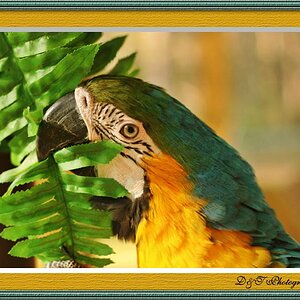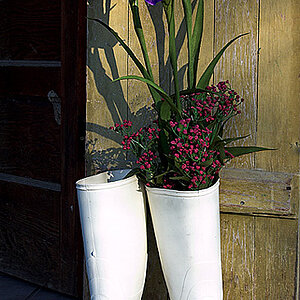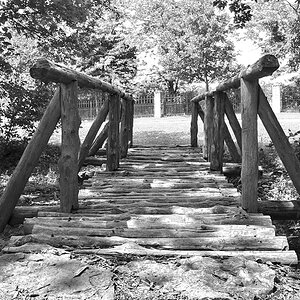aspencer
TPF Noob!
- Joined
- Aug 26, 2018
- Messages
- 1
- Reaction score
- 0
- Can others edit my Photos
- Photos NOT OK to edit
Here goes.
I shoot colour and B&W 35mm film.
Having had much greater success with B&W, colour is the focus of this post.
I define a “good colour scan” as meaning colour fidelity to the real-life scene: balanced colour values and the vitality of those values.
My main points:
In VueScan > Color tab > Color Balance, I have tried working from None, Manual, Neutral, Auto Levels, White Balance. I have also scanned the negative RAW, reverted in Photoshop, and used levels etc.
Despite also altering a variety of the other factors in VueScan, the green/blue cast present in the Minolta scans seems to indefinitely dull the colour values, even with post-production work in Photoshop.
Admittedly, I am not an advanced user of Photoshop, and the extent of post-production has involved using levels and playing with contrast and saturation.
I don’t mind doing post-scan work if I know the original scans will lead to satisfying post-production images.
I mentioned that I shoot B&W film to highlight that the Minolta does a fantastic job with B&W (better than the Nikon, to my eye) – yet I still feel that my scanning knowledge inhibits me from understanding what is the best practice.
I am not against hunting down the original software for either of these scanners if better results can be obtained than if using VueScan.
In closing:
I shoot colour and B&W 35mm film.
- The problem: I cannot achieve good colour scans
- The goal: good colour scans with high colour fidelity and a reliable, consistent workflow
Having had much greater success with B&W, colour is the focus of this post.
I define a “good colour scan” as meaning colour fidelity to the real-life scene: balanced colour values and the vitality of those values.
My main points:
- The Minolta produces a distinctive green/blue cast – a common complaint of users
- I cannot achieve colour fidelity to real-life/the negative despite altering the red/green/blue levels (and others) in VueScan
- The Nikon produces better scans at the outset. Ed Hamrick suggests so himself. However, even the Nikon is not achieving optimal colour fidelity
In VueScan > Color tab > Color Balance, I have tried working from None, Manual, Neutral, Auto Levels, White Balance. I have also scanned the negative RAW, reverted in Photoshop, and used levels etc.
Despite also altering a variety of the other factors in VueScan, the green/blue cast present in the Minolta scans seems to indefinitely dull the colour values, even with post-production work in Photoshop.
Admittedly, I am not an advanced user of Photoshop, and the extent of post-production has involved using levels and playing with contrast and saturation.
I don’t mind doing post-scan work if I know the original scans will lead to satisfying post-production images.
I mentioned that I shoot B&W film to highlight that the Minolta does a fantastic job with B&W (better than the Nikon, to my eye) – yet I still feel that my scanning knowledge inhibits me from understanding what is the best practice.
I am not against hunting down the original software for either of these scanners if better results can be obtained than if using VueScan.
In closing:
- Can the Minolta replicate the apparently better colour scanning of the Nikon?
- If so, how? I would appreciate a detailed initial scanning workflow on this, with suggestions for post-production work.
- In Photoshop, should I use colour plug-ins?
- Should I get a calibration device for my screen, such as the Spyder5?
Last edited:


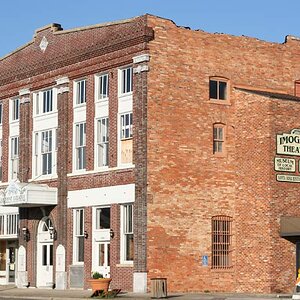
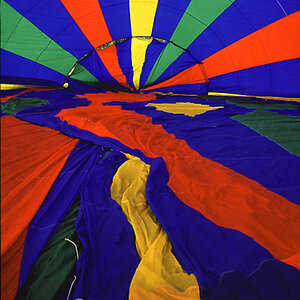
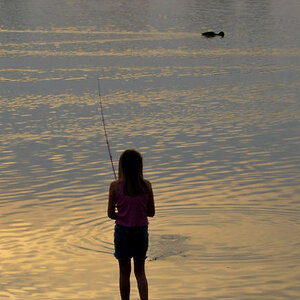
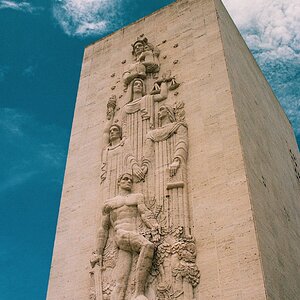
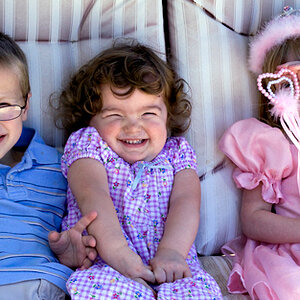
![[No title]](/data/xfmg/thumbnail/30/30868-01a498267fd96ce5b2d98347458d3903.jpg?1619734486)
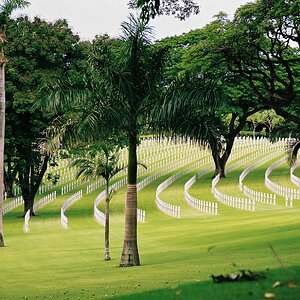
![[No title]](/data/xfmg/thumbnail/30/30869-817b4d4e7585860fab4b08558512787a.jpg?1619734487)
